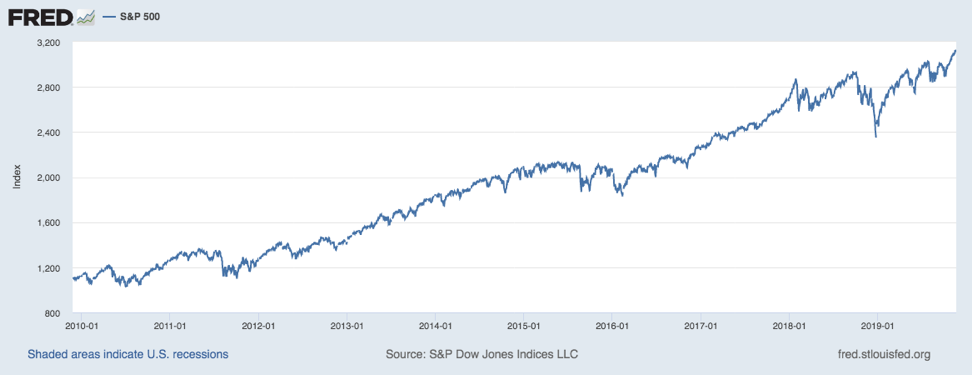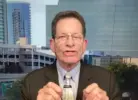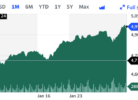By Mitch Zacks
Investing in the equity markets means confronting a constant barrage of economic, political, and financial information – with most of it tilting to the negative. Then there are times when prominent commentators up the ante and start to talk of “Armageddon” scenarios, forecasting economic ruin and using phrases like “the death of equities.” Many investors, understandably, get shaken up by such predictions, and in extreme cases might make a sudden decision to switch from stocks to bonds or cash.
But these sudden decisions to ‘run for the exits’ at the first mention of Armageddon are almost always wrong. That has consistently been my opinion on the matter, but now there is actually research showing that heeding Armageddon predictions can lead to poor, negative performance.
A recent study looked at Armageddon predictions made by over 15 prominent financial thought leaders – from asset managers, to journalists, to the heads of major banks and hedge funds. These prognosticators and managers made Armageddon predictions at various times over the last 10 years.
Given that we know the stock market is near all-time highs, it’s evident each prediction was wrong. But the study takes matters a step further, and examines the actual financial impact of moving $1 from the S&P 500 to the Barclay’s Aggregate Bond Index at the time of doomsday prediction.
Heeding the doomsday predictions resulted in returns ranging from -25% to -60%. The fact of the matter: at any point in the last 10 years, taking a call for Armageddon seriously would have proven costly, in my opinion.
The S&P 500’s Performance Reflects the Opposite of Economic Collapse

Source: Federal Reserve Bank of St. Louis
This study of Armageddon predictions over the last 10 years just reinforces what I’ve been observing throughout my entire career and what I know from deep stock market research. When Russia tested an atomic bomb with an explosion in 1949, and the Korean War started a year later, it surely felt like Armageddon was approaching – particularly with World War II just a few years before. But the S&P was up +18.30% in 1949 and +30.81% in 1950. Kennedy was tragically assassinated in 1963, but the S&P 500 rose +22.61% that year. “Black Monday” in 1987 led to a precipitous -22.6% decline for the Dow, but the market still finished positive that year. Fast forward to our current decade, and the 2008 global financial crisis gave way to the longest economic expansion in history, with the S&P 500 near all-time highs. Long-term, it has not paid to think in doom-and-gloom terms.
Since 1950, the S&P 500 has been in the throes of a correction (-10% decline or more) for 7,135 days. That probably seems like a lot. But when you consider that there has been a total of 25,535 days (through November 30) since 1950, it becomes evident that the S&P 500 has spent a great majority of the time trending higher. Looked at another way:
- 7,135 days in correction mode
- 18,400 days in rally mode
- Equals the S&P 500 in rally mode 72% of the time.
You don’t have to be a mathematician to see that forecasting Armageddon at any point throughout history has most likely meant being wrong about it. The market rises far more often than it falls.
Bottom Line for Investors
The history of the U.S. equity market is a history that favors long-term optimists.It is not to say that we should blindly trust the stock market will always go up, and that as a result it is not worth trying to identify trends and weaknesses across sectors, industries, and individual companies. That’s what we do every day.
But it is to say that heeding Armageddon predictions is very risky, and, as shown above, has a low probability of success. The next time you encounter a doom-and-gloom forecast, remember these lessons from history and stay focused on the hard data.
Wenn du keinen Beitrag mehr verpassen willst, dann bestell doch einfach den Newsletter! So wirst du jedes Mal informiert, wenn ein neuer Beitrag erscheint!








This is simply playing with human nature. Our brains are triggered more by negative news (fear) than positive (reward).
Thank you for this interesting article!
Everybody love sensations, especially the media around the investing universe. Look at the trade war of Trump and the DAX. That’s the perfekt example for this theory.